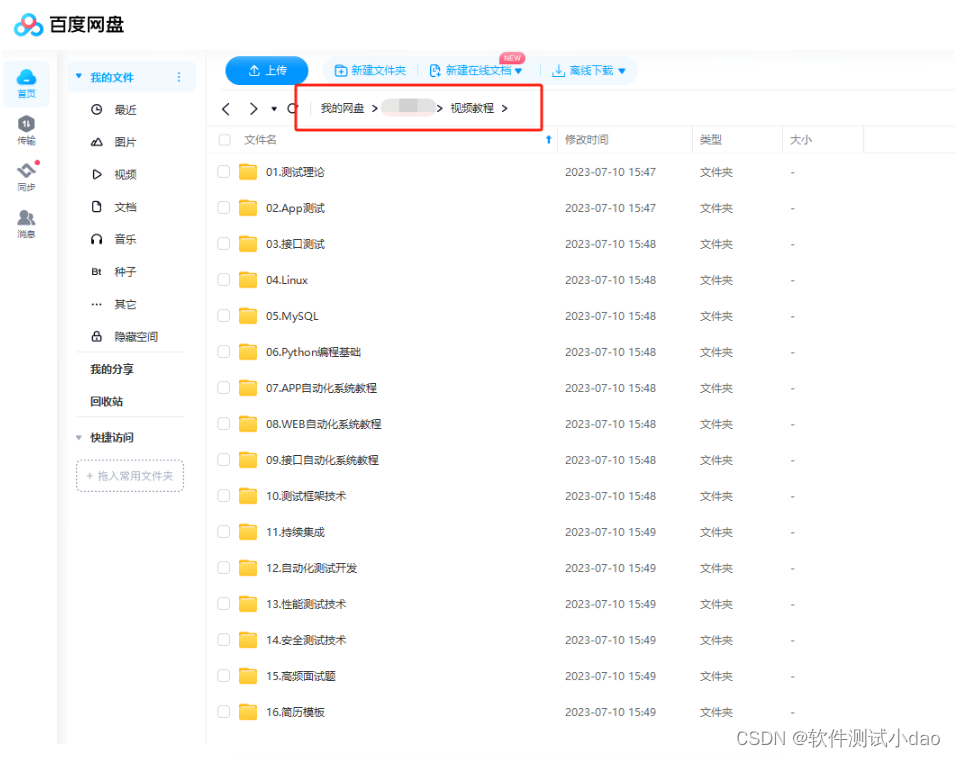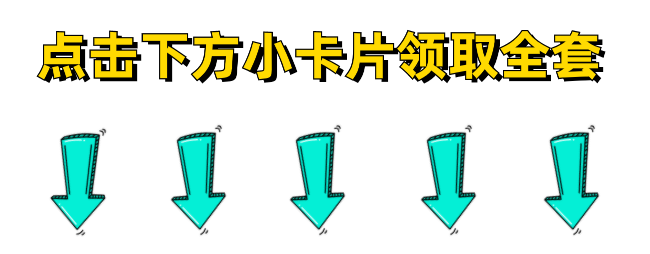Pytest使用的断言是使用python内置的断言assert。Python assert(断言)用于判断一个表达式,在表达式条件为 false 的时候触发异常。即pytest测试结果为False的断言为断言失败即测试用例执行失败,反之为断言成功即测试用例执行成功。
断言使用场景:
- 为测试结果作断言
- 为断言不通过的结果添加说明信息
- 为预期异常作断言
- 为失败断言作自定义说明信息
assert断言方法
assert关键字后面接表达式,常用的assert断言方法如下:
- 判断xx为真:assert xx
- 判断xx不为真:assert not xx
- 判断b包含a:assert a in b
- 判断b不包含a:assert a not in b
- 判断a等于b:assert a == b
- 判断a不等于b:assert a != b
示例:
| 1 2 3 4 5 6 7 8 | # 为测试结果作断言
??
import pytest
from func import *
??
class TestFunc:
?def test_add_by_class(self):
??assert add(2,3) == 5
|
| 1 2 3 4 5 6 7 8 9 10 11 | # 为断言不通过的结果添加说明信息
??
def test_login():
??? # 使用python内置的断言
????# "1是不等于2的"是断言失败后,抛出异常输出的自定义提示信息
??? assert 1 == 2, "1是不等于2的"
?????
test_login()
??
# 运行结果:
AssertionError: 1是不等于2的
|
异常断言Excepiton
异常断言即为断言抛出的异常是预期的异常,执行的测试用例是成功的。
使用pytest.raises()作为上下文管理器。当抛出异常时,可获取到对应的异常实例,然后断言它抛出的异常是不是预期的异常。当代码抛出异常时,如果和raises指定的异常类相匹配,则断言不会失败。
官方文档:How to write and report assertions in tests — pytest documentation
?with pytest.raises()执行结束后会生成一个ExceptionInfo的实例对象,该对象包含type , value, traceback属性。
| 1 2 3 4 | # 变量存储该异常的所有信息
with pytest.raises(TypeError) as 变量:
????# 获取变量的所有属性,即type、value、traceback
????print(变量.__dict__)
|
注意:断言type的时候,异常类型是不需要加引号的。断言value值的时候需转换str类型,value属性可作异常的说明信息。
示例如下:
| 1 2 3 4 5 6 7 8 9 10 | import pytest
??
def test_zero_division_long():
????with pytest.raises(ZeroDivisionError) as excinfo:
????????1 / 0
??
????# 断言异常类型 type
????assert excinfo.type == ZeroDivisionError
????# 断言异常 value 值
????assert "division by zero" in str(excinfo.value)
|
with pytest.raise(ZeroDivisionError)用于对于故意测试异常代码的情况(已知异常),断言通过用例执行成功显示passed,不通过会显示failed。
示例如下:
| 1 2 3 4 5 6 7 8 9 10 11 12 13 14 15 16 17 18 19 20 21 22 23 24 25 26 27 28 29 30 31 32 | # 为预期异常作断言完整示例,执行用例为True
??
# ./func.py
def add(a,b):
????if isinstance(a,int) and isinstance(b,int):
????????return a+b
????else:
????????raise TypeError('数据类型错误')
??
# ./test_case/test_func.py
import pytest
from func import *
??
class TestFunc:
??
?# 正常测试用例
?def test_add_by_class(self):
????assert add(2,3) == 5
??
?# 异常测试用例,期望结果为抛出TypeError异常
?def test_add_by_func_aaa(self,*args, **kwargs):
????with pytest.raises(TypeError) as E:
????????add('3',4)
????print(E.type)
????print(E.value)
????print(E.traceback)?
??
# ./run_test.py
import pytest
??
if __name__ == '__main__':
?pytest.main(['-v'])
|
| 1 2 3 4 5 6 7 8 9 10 11 12 13 14 15 16 17 18 19 20 21 22 23 24 25 26 | # 木有抛出预期异常的示例,执行用例为False
??
# ./func.py
def add(a,b):
?# 指定异常,从此处直接抛出异常
????raise NameError("名称错误")
????if isinstance(a,int) and isinstance(b,int):
????????return a+b
????else:
????????raise TypeError('数据类型错误')
??
# ./test_case/test_func.py
import pytest
from func import *
??
class TestFunc:
????# 异常测试用例,期望结果为爆出TypeError异常
????def test_add_by_func_aaa(self,*args, **kwargs):
????????with pytest.raises(TypeError):
????????????add('3',4)
???
# ./run_test.py
import pytest
??
if __name__ == '__main__':
?pytest.main(['-v'])
|
可将match关键字参数传递给上下文管理器pytest.raises(),来测试正则表达式与异常的信息表达形式是否匹配。match方法相当于re.search功能。
注意:这种方法只能断言value,不能断言type。
示例如下:
| 1 2 3 4 5 6 7 8 9 10 | import pytest
??
def test_zero_division_long():
????with pytest.raises(ZeroDivisionError, match=".*zero.*") as excinfo:
????????1 / 0
??
# match方法相当于re.search功能,即match="zero"也是允许的
def test_zero_division_long():
????with pytest.raises(ZeroDivisionError, match="zero") as excinfo:
????????1 / 0
|
pytest. raised()函数还有另一种形式,在这里传递一个函数,该函数将使用给定的*args和**kwargs执行,并断言引发了给定的异常。在没有异常或错误异常的情况下,报告器将为您提供有用的输出。
| 1 | pytest.raises(ExpectedException, func, *args, **kwargs)
|
断言某个测试用例中可能出现多个不同的预期异常的解决办法:
在with pytest.raises()中传入异常类型的参数,从传入一个异常类型,改变为传入一个异常类型组成的元组。同样只是传入一个参数。
示例如下:
| 1 2 3 4 5 6 7 8 9 10 11 12 13 14 15 16 17 18 19 20 21 22 23 24 25 | # ./func.py
def add(a,b):
????raise NameError('名字错了')
????if isinstance(a,int) and isinstance(b,int):
????????return a+b
????else:
????????raise TypeError('数据类型错误')
??
# ./test_case/test_func.py
import pytest
from func import *
??
class TestFunc:
????# 异常测试用例,期望结果为爆出TypeError异常
????def test_add_by_func_aaa(self,*args, **kwargs):
????# 将预期中多个错误信息组成一个元组
????????with pytest.raises((TypeError,NameError),match=r'.*错.*$') as E:
????????????add('3',4)
??
??
# ./run_test.py
import pytest
??
if __name__ == '__main__':
?pytest.main(['-v'])
|
检查断言装饰器
检查异常装饰器@pytest.mark.xfail():用于对于检查未修复的错误,即可能发生的异常。断言通过用例执行成功会显示xfailed,不通过显示failed。
作用:检查是否有异常,不确定是否有异常。
示例如下:
| 1 2 3 4 5 | # 单个异常时断言装饰器使用
??
@pytest.mark.xfail(raises=ZeroDivisionError)
def test_f():
????1 / 0
|
| 1 2 3 4 | # 多个异常时断言装饰器使用
@pytest.mark.xfail(raises=(TypeError, NameError))
def test_add_by_func_aaa2():
????add("3", 4)
|
?现在我也找了很多测试的朋友,做了一个分享技术的交流群,共享了很多我们收集的技术文档和视频教程。
如果你不想再体验自学时找不到资源,没人解答问题,坚持几天便放弃的感受
可以加入我们一起交流。而且还有很多在自动化,性能,安全,测试开发等等方面有一定建树的技术大牛
分享他们的经验,还会分享很多直播讲座和技术沙龙
可以免费学习!划重点!开源的!!!
qq群号:485187702【暗号:csdn11】
最后感谢每一个认真阅读我文章的人,看着粉丝一路的上涨和关注,礼尚往来总是要有的,虽然不是什么很值钱的东西,如果你用得到的话可以直接拿走!?希望能帮助到你!【100%无套路免费领取】



